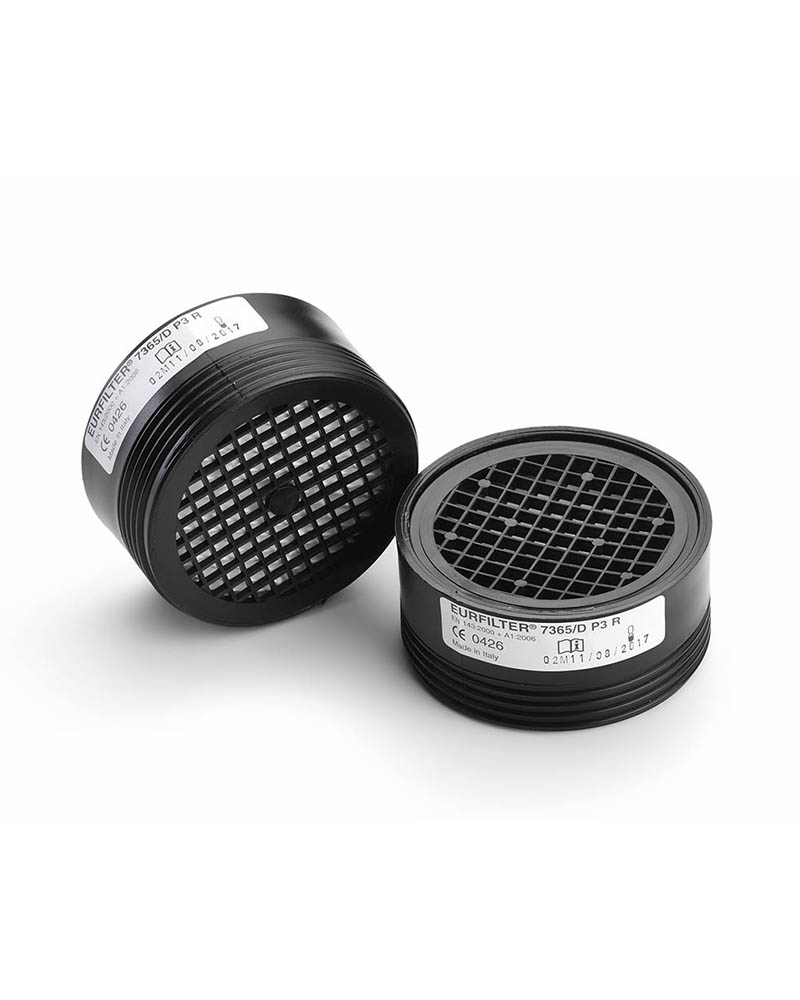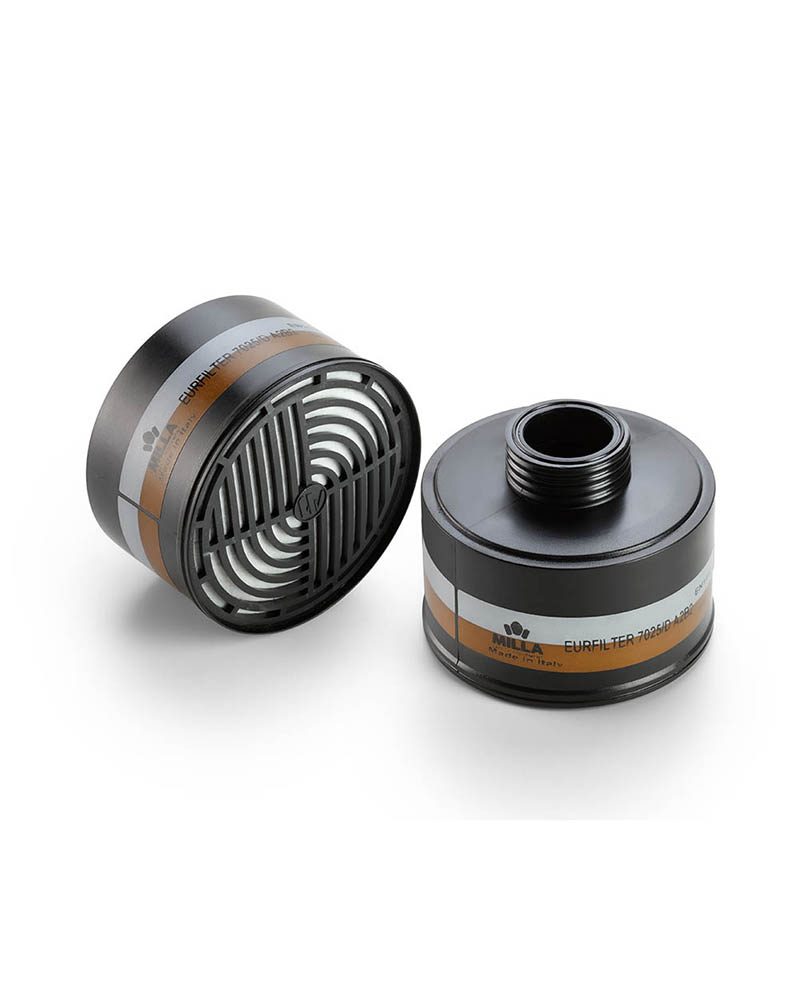Plant filters for respiratory protection play a key role in protecting workers from inhaling harmful substances that could severely impact respiratory health.
Those working in high-risk environments must understand how to properly use respiratory filters and ensure optimal worker safety.
In this article, we’ll explore everything you need to know about using dust and gas filters: how long respiratory protection filters last, factors that influence their lifespan, and how to store them properly.
Why are filters for respiratory protection Important?
Respiratory protection filters help block toxic contaminants like fine dust, fumes, mists, gases, and vapors.
These filters purify the air by trapping hazardous particles, allowing clean air to pass through, which is essential for individuals in industrial, chemical, or other environments with possible air contamination.
Key standards for protective Filters
In Europe, the EN 143 standard for dust filters and EN 14387 for gas and combined filters set the safety requirements, guiding filter design and use.
Selecting devices that comply with these standards ensures workplace safety and regulatory compliance.
Types of filters for respiratory protection
Mask filters are categorized based on the contaminants they protect against:
Dust Filters (P1, P2, P3):
Designed to block particles like dust, mist, and fumes. Classified by filtration efficiency, they include three classes: P1, P2, and P3with P3 offering the highest protection.- Gas Filters: Specifically for gases and vapors, classified by absorption capacity against toxic substances (like organic or acidic gases). Activated carbonis often used in these filters to absorb various hazardous gases and vapors.
- Combined Filters: Offering both dust and gas protection in a single device, they’re ideal in environments with multiple contaminants.
How long do filters for respiratory protection last?
Filters don’t last forever; several factors influence their duration:
- Type of Contaminant:Certain chemicals and particles are more aggressive, requiring more frequent replacement.
- Contaminant Concentration in the air:The higher the concentration of harmful dust or gases, the faster the filter becomes saturated.
- Humidity and Temperature in the air:High humidity and temperature can accelerate filter degradation, especially those using activated carbon.
- Exposure Time:Continuous, prolonged exposure to toxins speeds up filter consumption, particularly in highly contaminated settings.
How Long Do Dust Filters Last?
Dust filters may last longer than gas filters, provided they don’t become clogged.
However, high particle concentration will clog the filter more quickly, causing increased breathing resistance and necessitating replacement.
Also, replace the dust filter if damaged or visibly dirty.
How Long Do Gas Filters Last?
The lifespan of gas filters depends onexposure intensity.
If you beginto smell or taste contaminants or experience respiratory or eye irritation while using a filter, it must be replaced immediately. These symptoms suggest the absorbent material is saturated and the filter is ineffective.
However, these warnings vary from person to person and, at times, may not be entirely reliable.
Since this varies by individual, implementing a filter replacement schedule to ensure maximum protection for workers.
The filter replacement schedule is based on workplace conditions (contaminant levels, temperature, humidity, exposure time, etc.) and filter lifespan is essential to ensure maximum protection.
How to store filters for longer life
Proper storage is essential for maintaining filters and extending their lifespan:
- Store in a Dry, Sealed Environment:Keep filters in moisture- and dust-free spaces.
- Avoid Direct Sunlight:UV rays can degrade filter materials.
- Store in Airtight Containers: After use, keep filters in sealed containers to avoid contamination.
Conclusion
Using filters beyond their effective life compromises worker safety, as their ability to trap contaminants decreases. This could lead to exposure to toxic substances, with health impacts ranging from respiratory irritation to chronic lung damage.
Don’t compromise on workplace respiratory safety.
Selecting the right respiratory protection filters, replacing them regularly, and storing them correctly are essential steps in creating a safe work environment.
Contact us for more information Click here.







